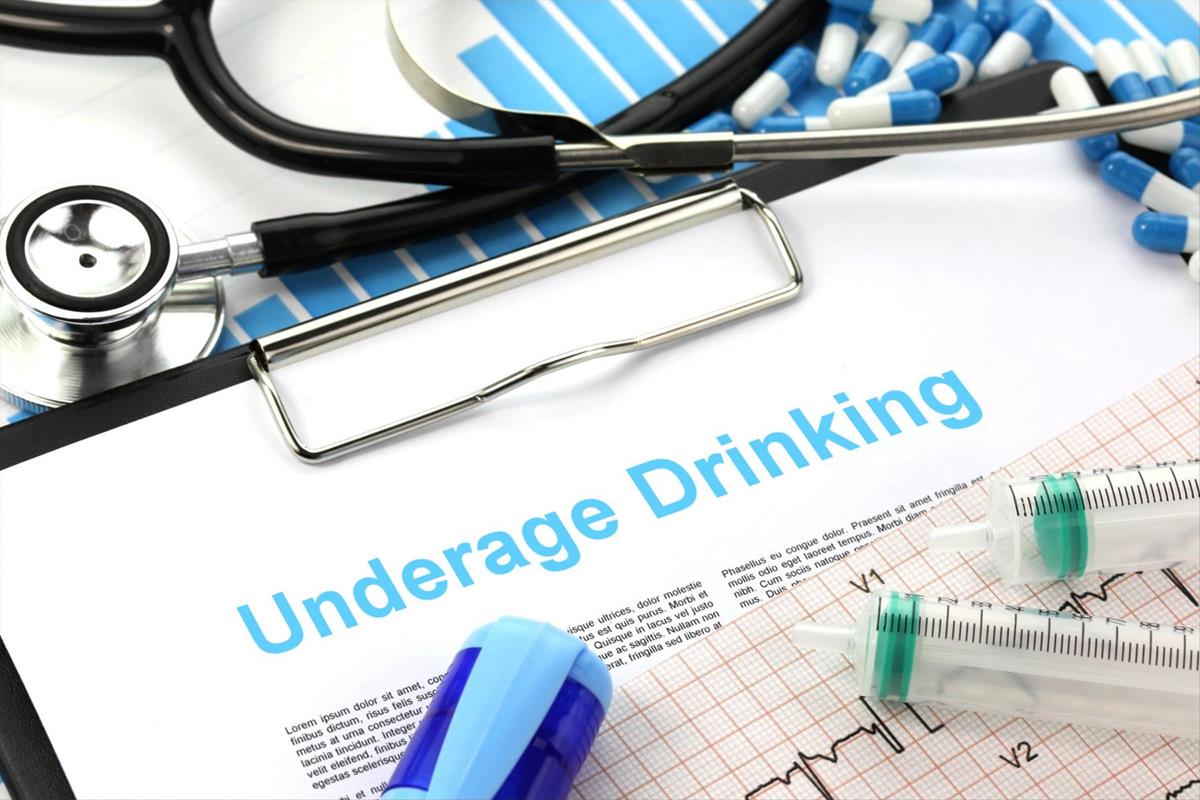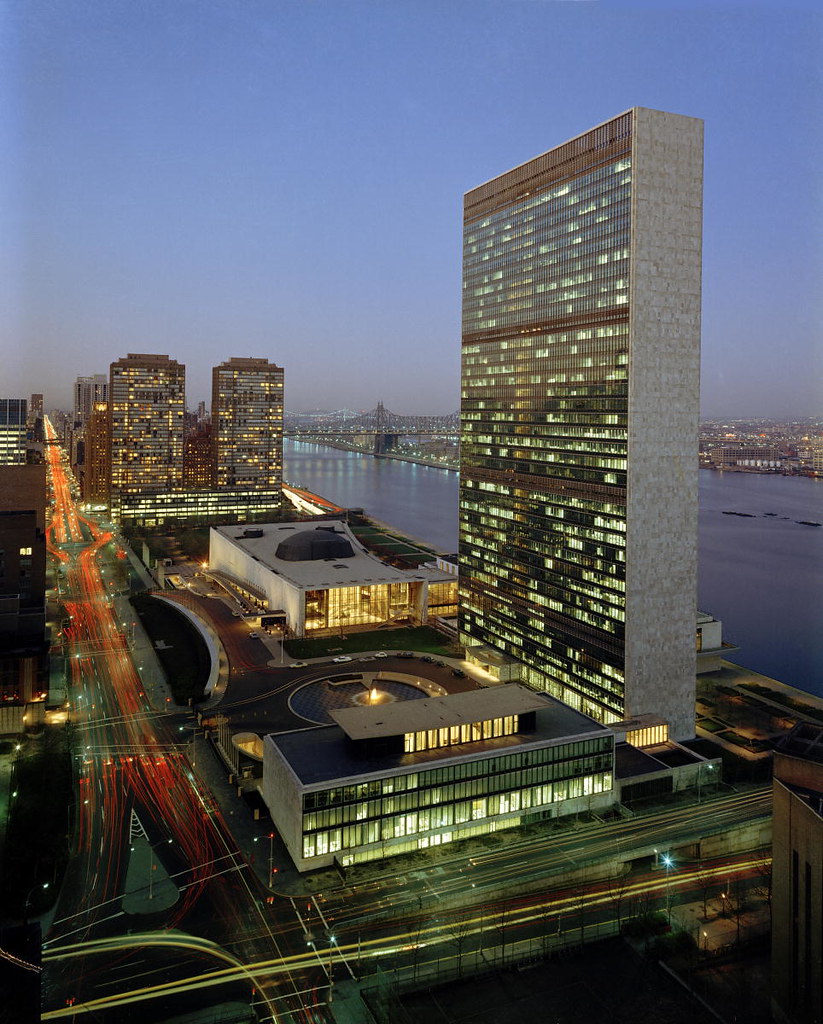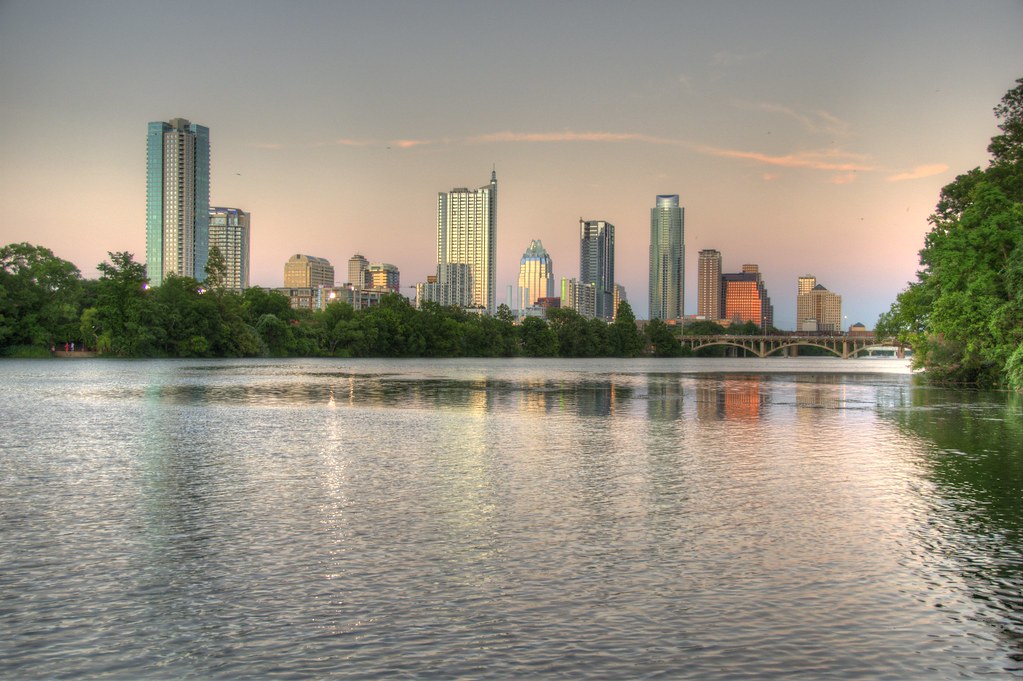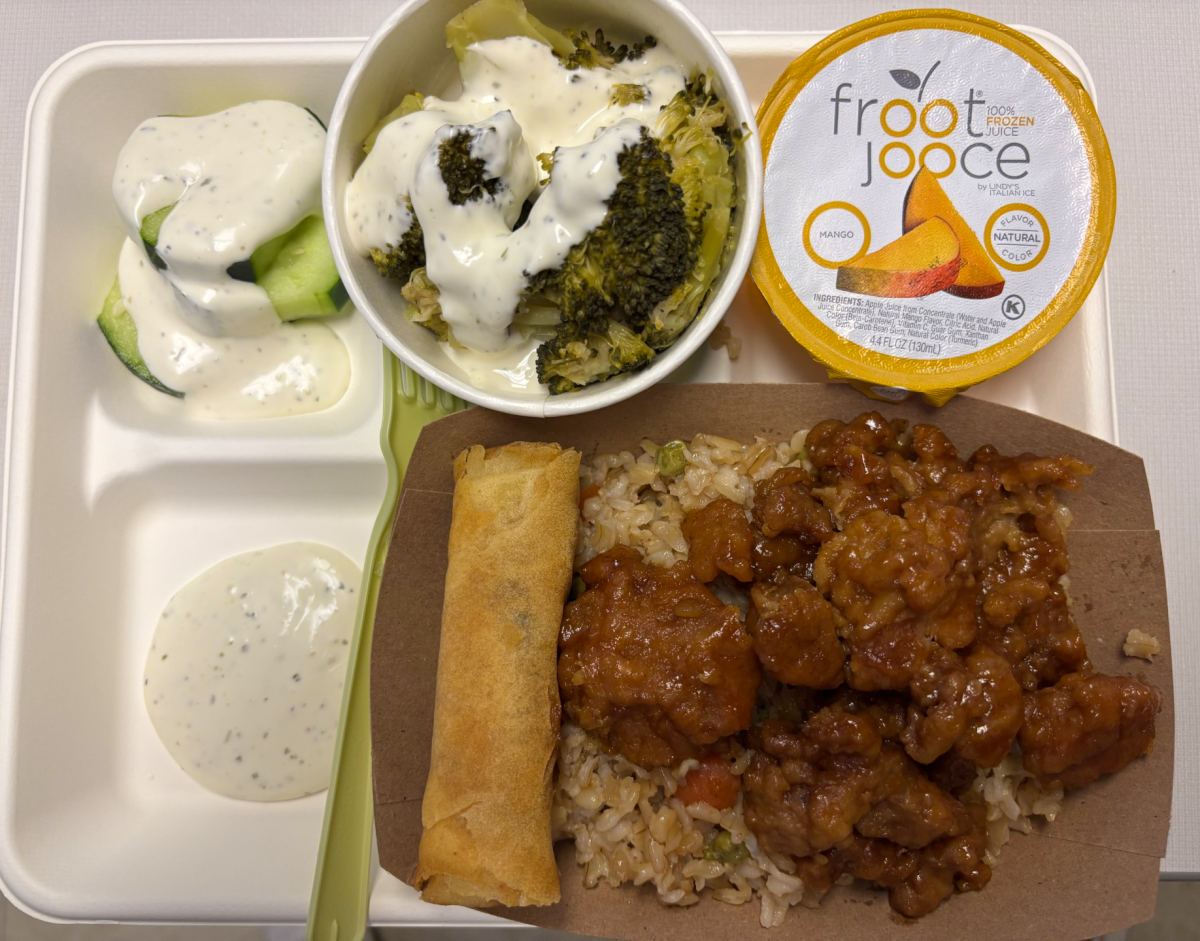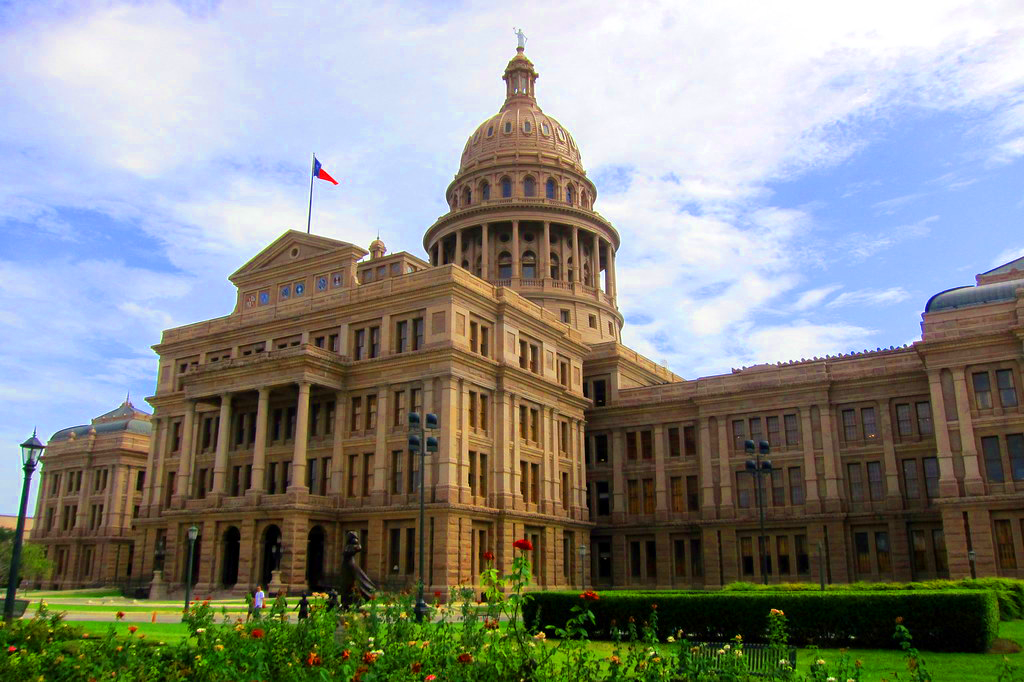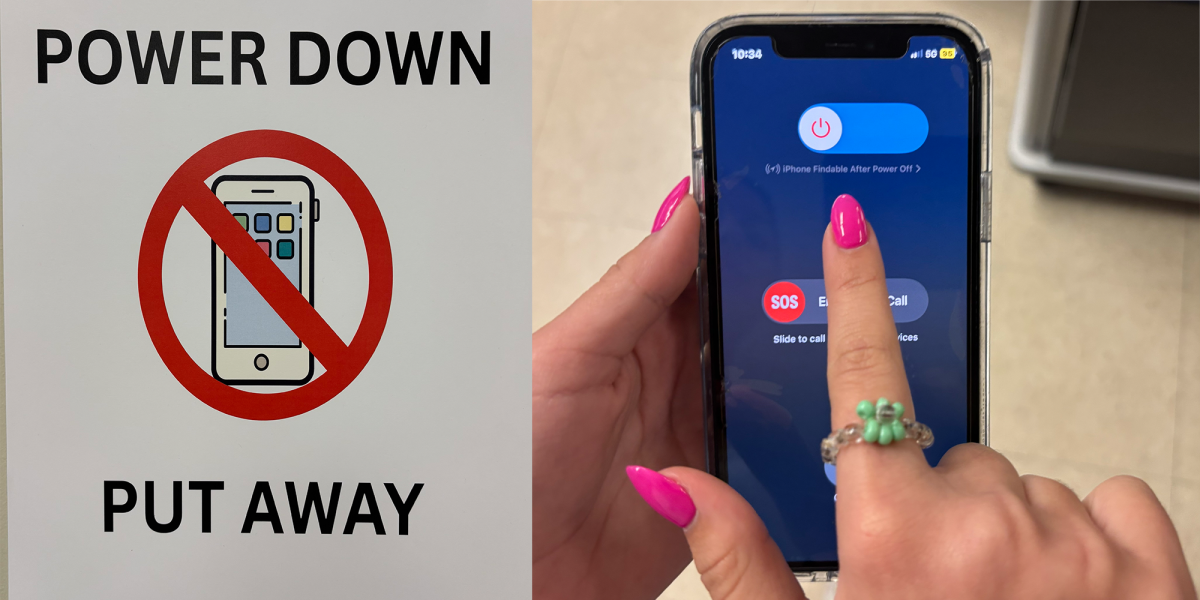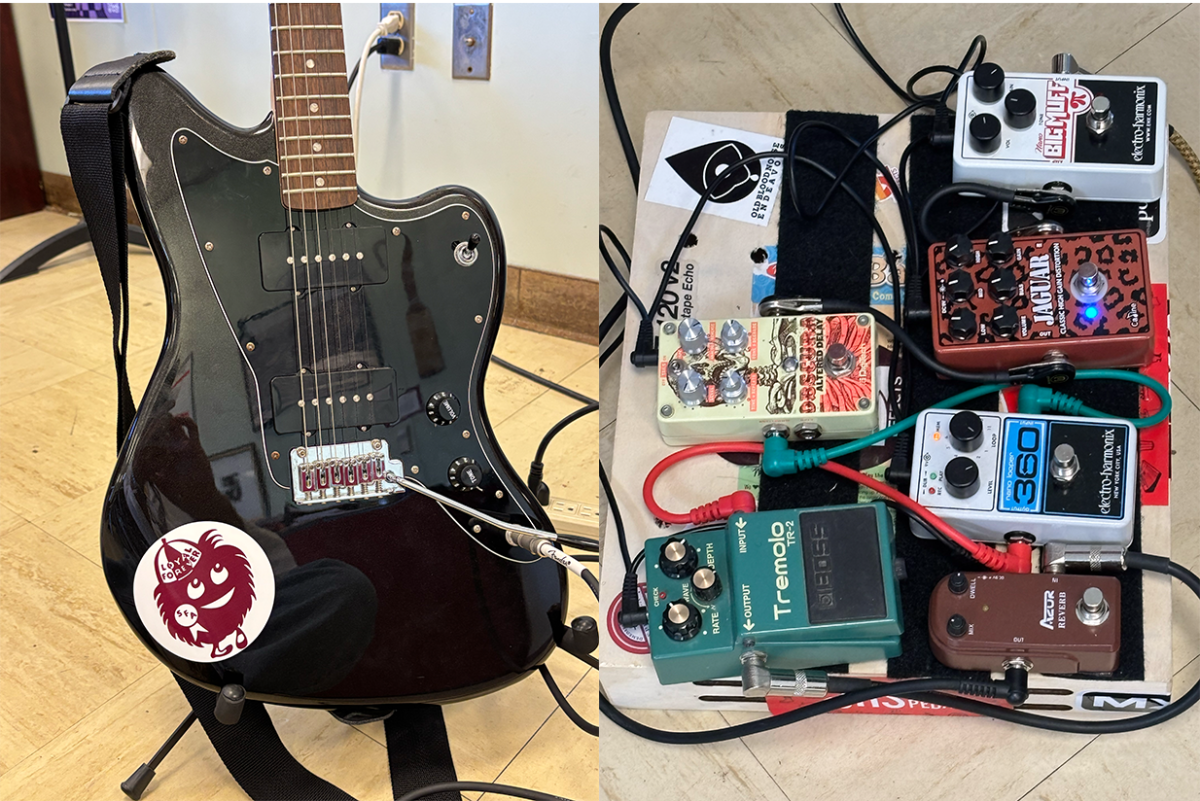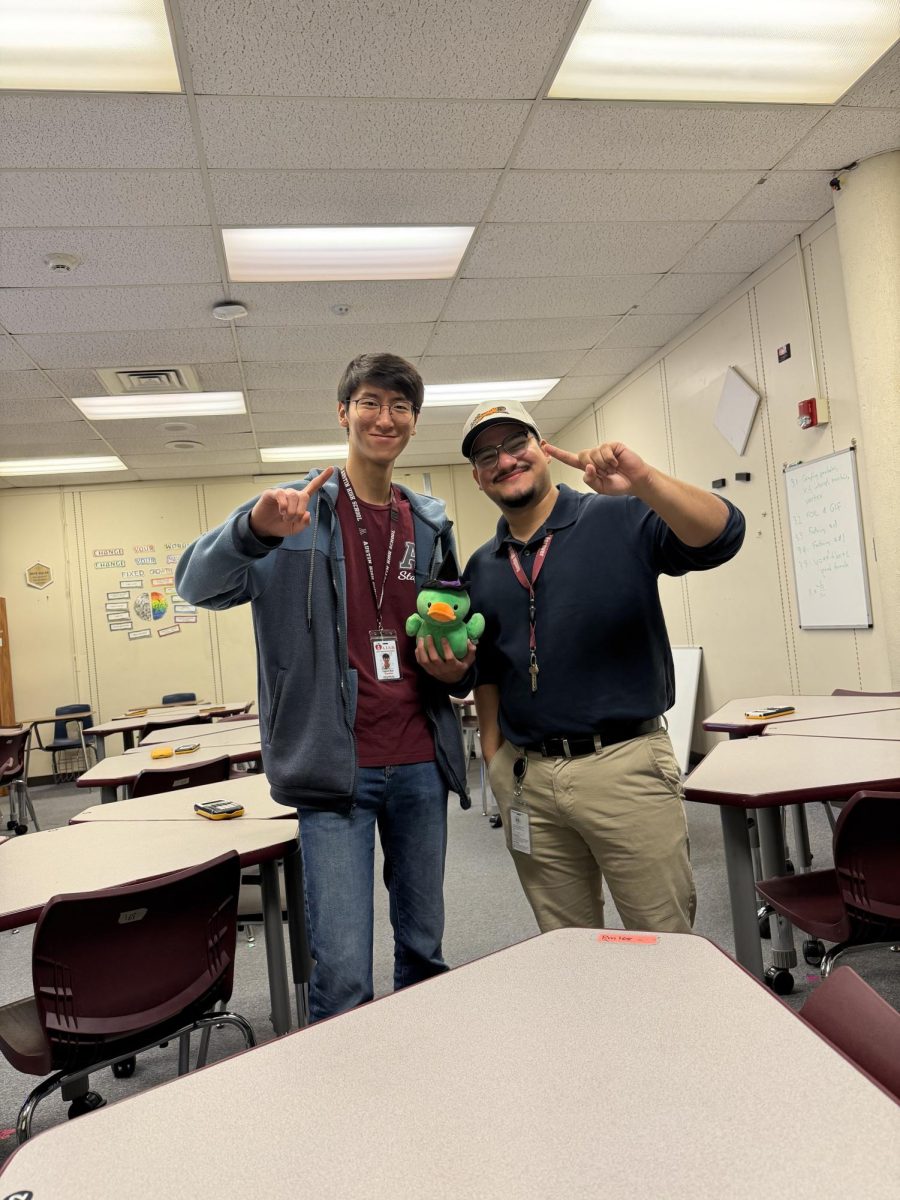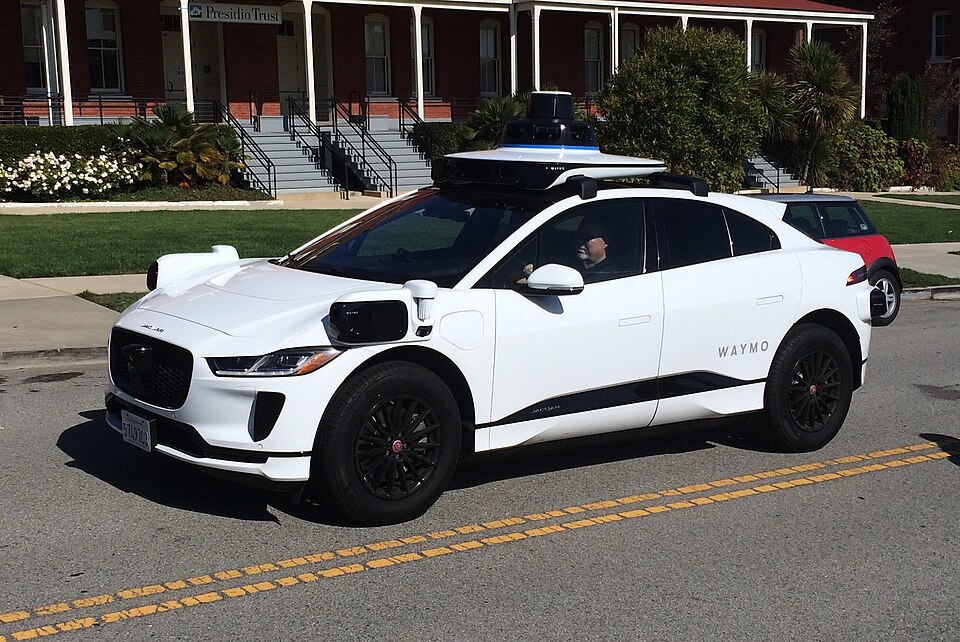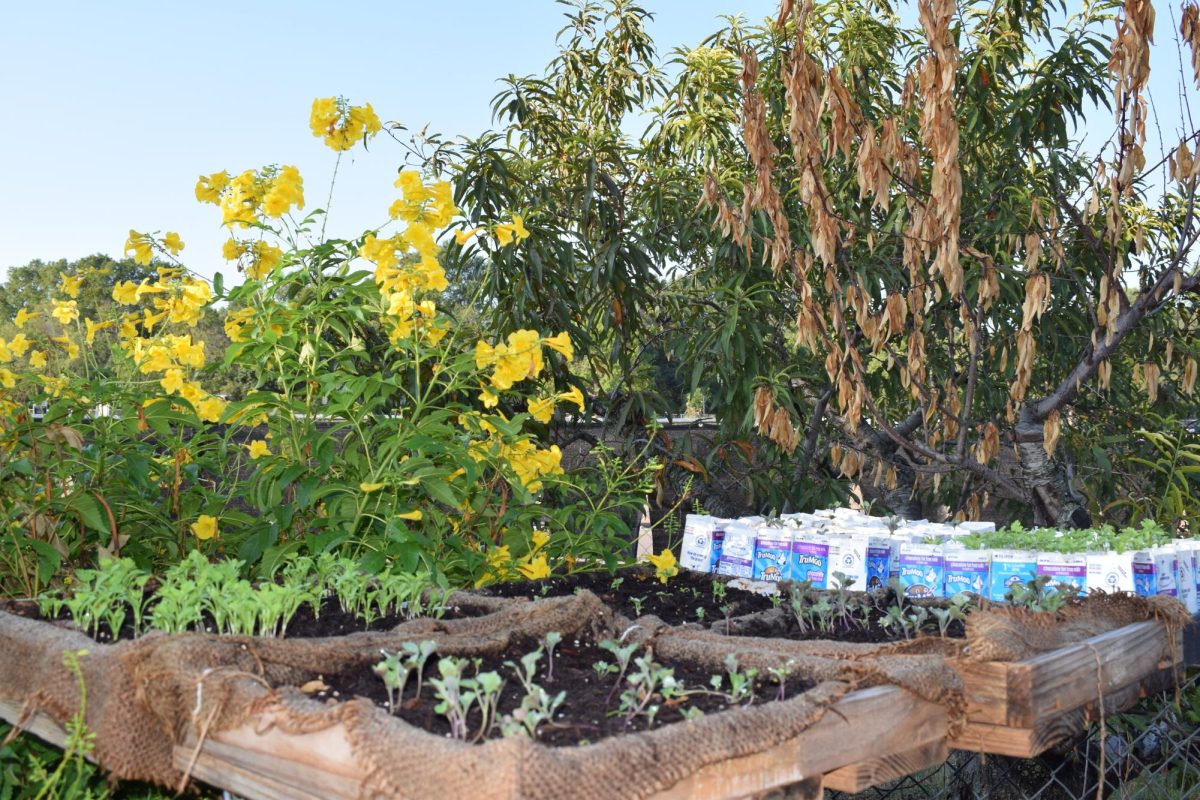As the holiday season begins, local authorities are raising attention over a concerning trend: an increase in underage drinking among teenagers. According to the CDC, Alcohol is the most commonly used substance among young people in the U.S. In 2023, a survey conducted by the National Institute on Alcohol Abuse and Alcoholism found that about 19.9% of youth ages 14 to 15 reported having at least 1 drink in their lifetime, not including sips allowed by their parents.
That percentage doesn’t even include the teens who didn’t answer truthfully. However often they’ve been drinking, students rarely share it with the adults around them. “I don’t hear anybody talk about drinking,” said school nurse Ms. Antonio. “I can tell when a student has been drinking by the way they smell and when a student doesn’t behave like themselves.”
“No student tells me how they get the drink. I think students don’t tell me because they could be concerned that I might show up and put a stop,” said College and Career Counselor Ms. Cleaver.
Community leaders are addressing the issue with an informational approach, focusing on education and prevention. Schools are implementing programs to raise awareness about the dangers of alcohol, and universal school-based alcohol prevention programs give all students the information and skills needed to prevent underage alcohol use, without screening for risk level.
Local organizations are also working to provide safe alternatives for teens. The Underage Drinking Prevention Program in Travis County works to create a community in which underage drinking is illegal, discouraged, and unacceptable.
“I think what drives the kids to drink is peer pressure,” said Ms. Cleaver. “When students are at a party, they see their friends drinking, and they want to be a part of that inner circle.”
Despite these efforts, Social media and peer pressure continue to be a big factor in underage drinking, with many teens using friends and social events as primary influences. Teens are more likely to use alcohol if they see their friends post about it on social media. According to BMC Public Health, teens report that 60% of their age-matched peers and 31% of their friends post alcohol content on social media. Some alcohol companies make advertisements portraying the positive effects of alcohol.
For some teens, a history of underage drinking could have long-term effects on their brain functions. Drinking alcohol while the brain is developing can lead to emotional problems and make learning more difficult. The overall effect of underage drinking is that it can keep someone from reaching their full ability in life.
Parents are encouraged to play an active role in discussions about alcohol use. Counselors recommend open discussions about the risks that come with underage drinking, as well as setting clear expectations and consequences.



